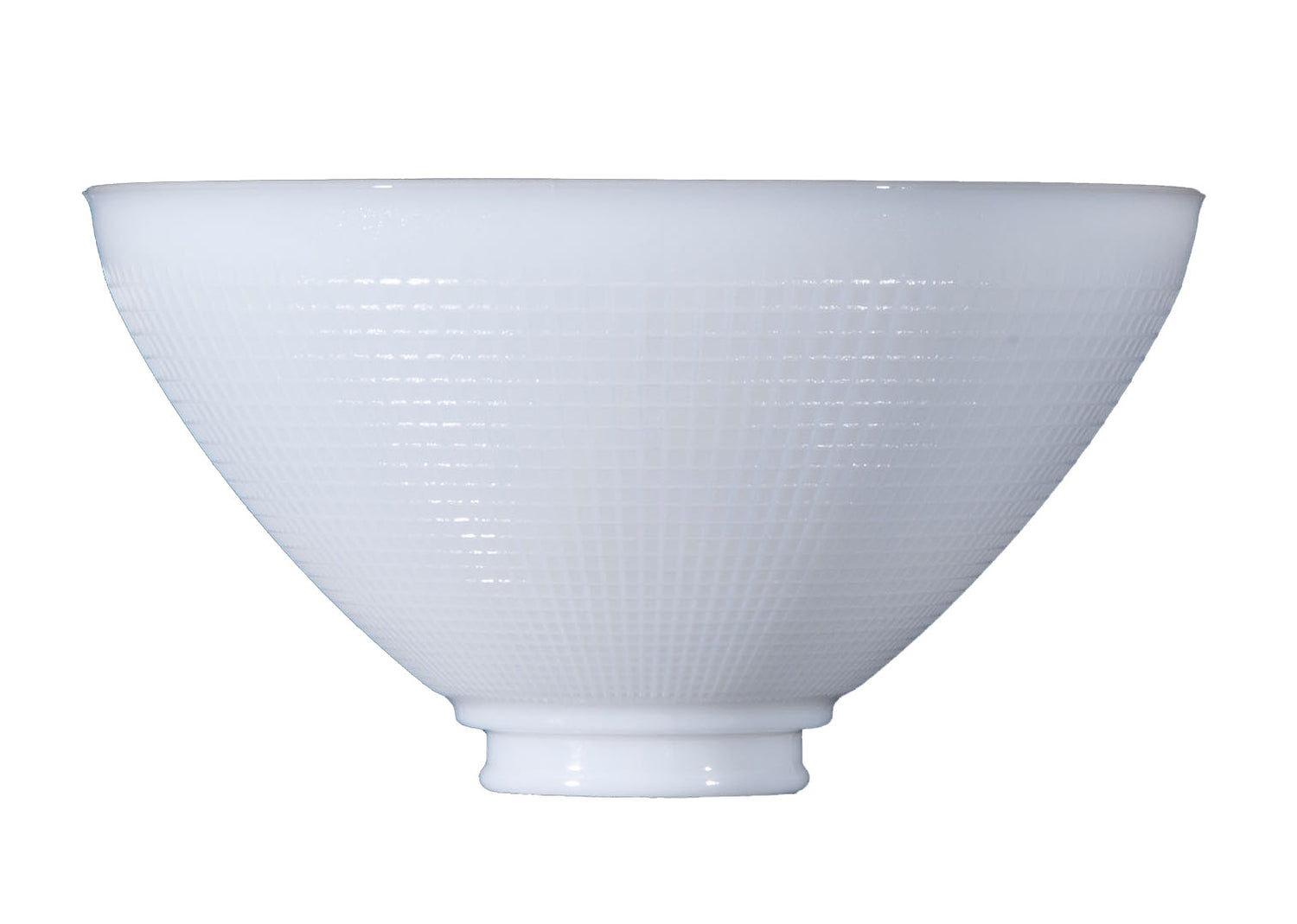Updating an Old Lamp
Lamps are some of the most versatile furnishings you can use to decorate a home, and you can find great bargains on light fixtures if you know where to look. Lamps are hot commodities at antique stores, auctions, estate sales, flea markets, garage sales, and yard sales. Deciding what to do with an old lamp can be difficult, especially if you aren’t very familiar with tools or particularly confident with paint. Luckily, Antique Lamp Supply has worked in the lighting industry for over 60 years and we’ve seen our fair share of antique lamp restorations. This comprehensive guide provides a general overview of updating an old lamp to help you get started.
Lamp Condition and Style
The potential and limitations of your restoration project will depend on the type of lamp you wish to update. Despite the ubiquity of mass-produced lighting, collectors and restoration enthusiasts constantly search for decorative lamps that were painstakingly made by craftsmen. Hundreds of lighting styles have been innovated and simulated over the last few centuries, and some antiquated styles are worth more in their present condition than they would if they were updated to complement a modern interior aesthetic. Antique lamps should show signs of age so long as weathering isn’t detrimental to its value. Vintage and retro lamps may show less signs of wear and tear, but you should still find plenty of inspiration to start restoring your lamp to its former glory.
Cleaning and Maintenance
Sometimes even the ugliest lamps can be made beautiful again with a little bit of elbow grease. Old lamps require regular cleaning and maintenance, but the regimen will be specific to the material of your lamp. Glass lamps can be cleaned with any ammonia-free cleaners or polishes. You can also use wax or furniture polish with a lemon-oil base to preserve the glow of the glass, stone, or painted lamp base. Metal lamps can be cleaned with a transparent wax polish or soapy water. Allow your lamp to dry thoroughly before buffing with a clean microfiber cloth.
Lampshade Size and Style
If you don’t like the look of your old lamp, start with a quick cosmetic fix by updating the lampshade. There are a wide variety of shades available, and the shade you choose can revolutionize the way your lamp looks and affects a room. As a rule of thumb, you should choose a lampshade that complements the lamp’s base. If your old lamp includes an elegant lampshade, refurbishing might be as simple as recovering the shade with custom fabric, leather, or paper.
Interior designers usually stick to four rules of lampshade selection. First, look for a more transparent material when you need to create more light. Second, choose a larger shade if you plan on using a high-wattage bulb. Third, don’t let your lighting hardware show at eye-level. Fourth, trust your gut instincts. The shade you like up close and from across the room is always the right choice. If your lamp features a long cylindrical lampshade that looks too big for the space you plan to place it in, trade it in for a short cylindrical drum shade instead.
Embellish the Base, Lamp, or Shade
Unless you plan to flip your old lamp for a profit, you can embellish any apparatus with reckless abandon. In addition to recovering an old lampshade, you can also add paper or fabric to the inside of the shade to create an unusual focal point that draws the eye. If fabric and paper don’t appeal to your tastes, consider painting or gold leafing the inside of your shade to create a two-toned effect. You can also embellish the base by adding hardware, spray painting, buffing, or adding a trim to the shade for dramatic effect. Don’t get discouraged if your embellishments don’t do the trick. Your lamp may need a change in illumination. Incandescent bulbs produce a warm glow that looks especially stunning with a vintage lamp design. Halogen bulbs are similar to incandescent, except that they produce a brighter light equivalent to natural daylight. Fluorescent bulbs produce a bluish light, but they are available in warm, cool, and special-colored tones. Compact fluorescent bulbs produce a warmer, color-corrected tone than their fluorescent counterparts. LED bulbs provide only directional light and are better suited to task lighting needs.
We hope that this guide to updating an old lamp provides the inspiration you need to start your project with complete confidence. If you’re still puzzled as to what you should do with your old lamp, we strongly recommend that you take advantage of our dealer network. Our dealer network consists of over 6,000 dealers who buy and sell our products. They can provide you with hands-on service, including evaluation, restoration advice, rewiring, cleaning, and even decorating. If they don’t have the exact product you need for your project in stock, they can special order it for you. Please contact us today if you have any questions about this article or would like to learn more about our products.

